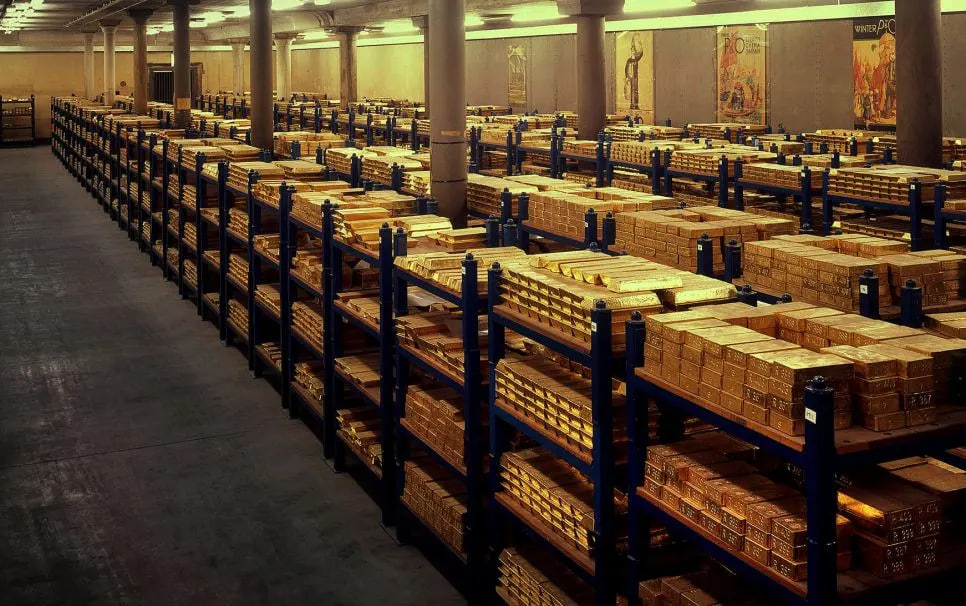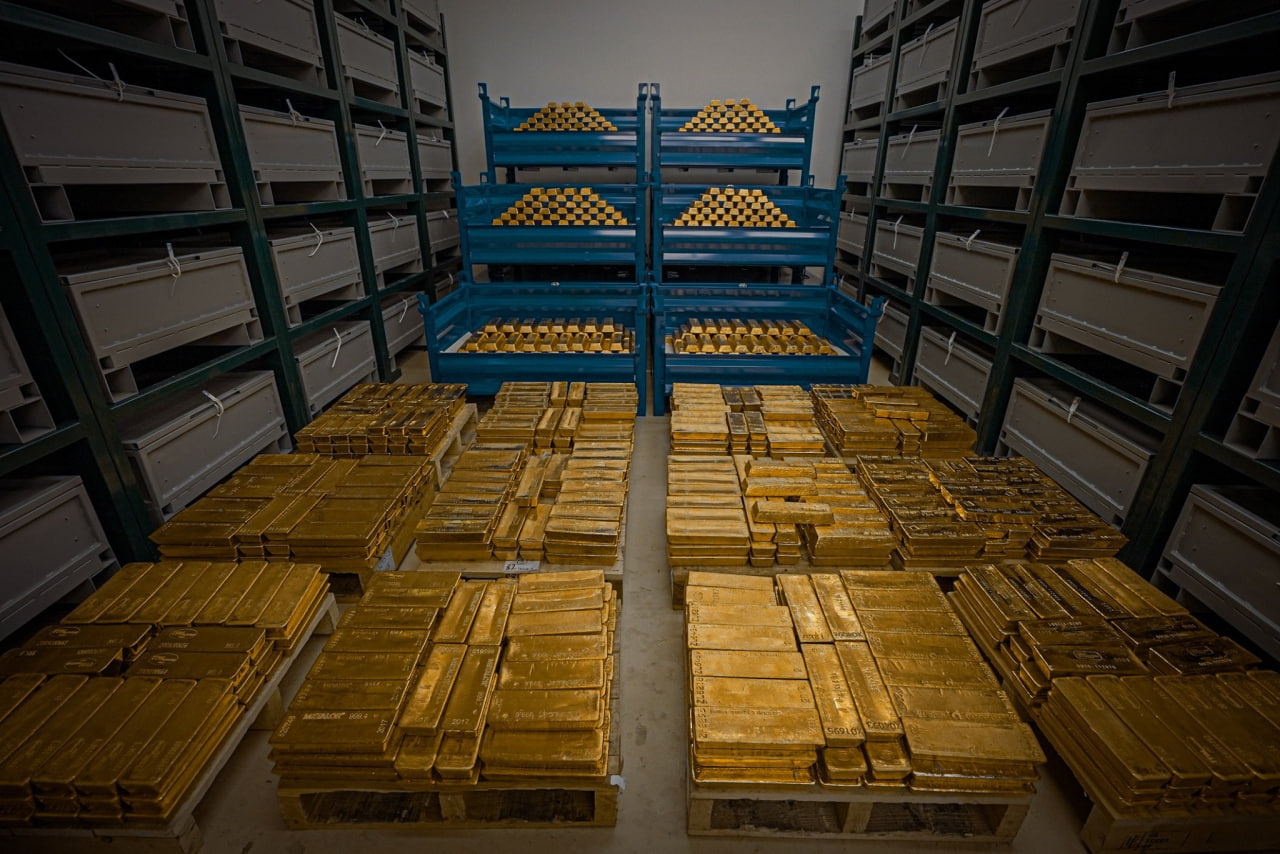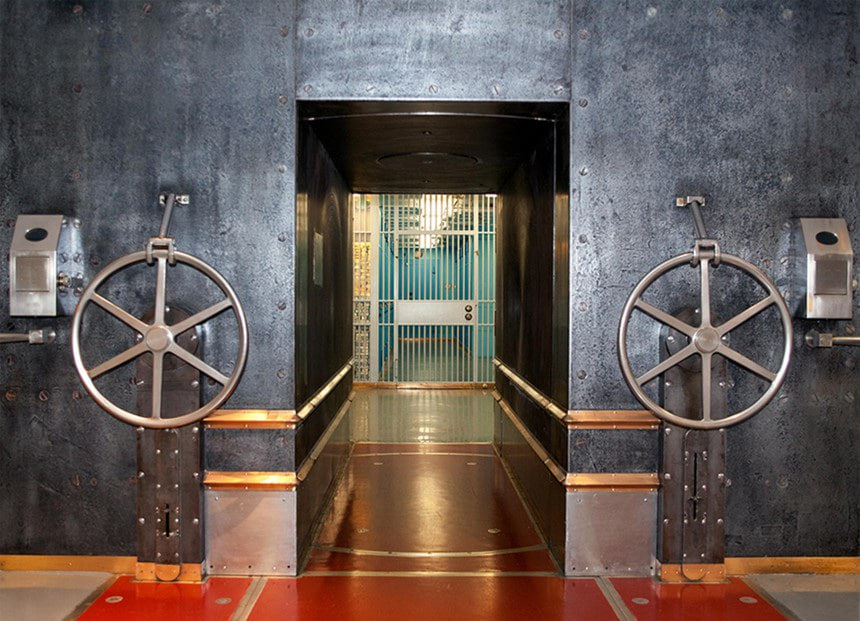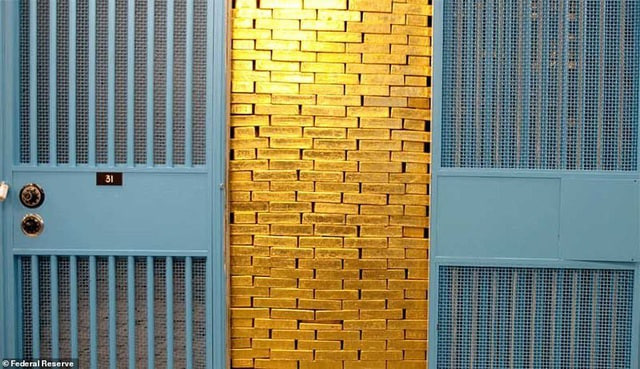Welcome to the world’s largest underground gold warehouse, housing reserves of 6,000 tons. At its zenith, the warehouse stored over 12,000 tons of gold. Subsequently, gold deposits and withdrawals have tapered off, resulting in a slow but consistent reduction in overall holdings. To this day, it remains the largest gold depository globally.

In 2019, records indicate that the 3-story gold warehouse contains 497,000 gold bars, totaling approximately 6,190 tons in weight. Its resilience to this substantial load is attributed to its strategic placement on Manhattan’s bedrock, situated 24.2 meters below street level and 15 meters above sea level.
An intriguing aspect is that this gold doesn’t solely belong to the U.S. government. It is also the property of 36 foreign government entities, alongside other national central banks and official international organizations. The vault strictly prohibits individuals or private entities from storing gold.

The largest quantity of gold stored in the vault is situated in an underground basement known as ‘Artwork.’
“The cellar has a single entrance—a 90-ton steel door that opens with a rotating cylindrical motion. Comprehensive inspections inside the gold vault are allowed, and a minimum of three Federal Reserve employees is always present to ensure the security of the gold.”
Gold bars are moved via elevator from the bullion floor to the warehouse’s basement. Inside, there are 122 gold compartments, each assigned to an account. Prior to storage, each gold bar undergoes weighing and purity testing. This step is crucial, as the Federal Reserve ensures that when account holders wish to withdraw, they receive the exact gold bars they initially deposited.

Subsequently, Federal Reserve staff employ an old-fashioned scale to assess the value. Every ingot is placed in individual lockers, secured by three locks. These lockers are assigned numbers instead of names to uphold account holder confidentiality. While accounts can store gold here at no charge, there is a fee for the Federal Reserve staff to transport each gold bar.
VIDEO:











